Dawid Falkowski – Member of the Global Tattoo Artists Association
- Oleksii

- 3 days ago
- 3 min read
Today, we’re speaking with Dawid Falkowski, a Polish tattoo artist whose work bridges fine illustration and skin art. Recognized for his distinctive graphic style and mastery of dotwork, Dawid transforms the precision of pen drawing into powerful tattoo compositions. With over a decade of experience, he continues to explore new ways of merging technique, emotion, and personal storytelling, leaving a lasting mark on both his clients and the modern tattoo scene.
How did you start tattooing, and what inspired you to choose this path?
– I’ve been involved in tattooing since 2014, although the first two years were clumsy attempts at the craft, done in corners and at home.
My formal education directed me toward the sciences, specifically mathematics. While I was at university, I realized that this path didn’t truly align with my beliefs, and that the kind of work I could do after graduation would eventually become a torment for me.
As a rebel by choice, I spent my whole life searching for a way to express myself and couldn’t imagine living according to someone else’s rules. Reason, however, suggested I should have some form of backup in the form of a master’s degree, so I completed my studies. In the meantime, I focused on my one true passion — tattooing and the drawing that comes with it.
You specialize in graphic tattoos and illustrations. How did you develop your style, and what techniques do you prefer to use?
– It should be said first that I primarily draw using a ballpoint pen. The graphic style and the dotwork technique I’ve developed are very closely related to the roots of my drawing. In fact, I simply transferred those skills from paper to skin.
How do you see the future of the tattoo industry, and what trends do you think are the most promising?
– In my opinion, the current tattoo scene has absorbed every form of visual art at a very high level. Deep down, I’m waiting for someone to emerge with a completely different and unfamiliar perspective on this field — someone who will truly surprise us.
What have been the most challenging or interesting projects in your career?
– My personal bests are two massive phoenix tattoos, done for two different clients, covering the entire back, buttock, and the back of the thigh. You could say: twin phoenixes.
Do you collaborate with other artists or participate in tattoo exhibitions? How does this experience impact your professional growth?
– Yes, I have taken part in many conventions, both in my home country of Poland and a few abroad. It’s an interesting experience and a great way to showcase yourself to a wider audience beyond your local area. However, I don’t feel entirely comfortable working under those conditions. At the moment, I’ve had to take a break from it, but I’m slowly starting to feel the itch again and plan to return to attending tattoo conventions.
What advice would you give to beginners just starting out in the tattoo industry?
– Draw a lot, paint, create — it’s the key to stimulating creativity, which later pays off in the work of a tattoo artist.
What does creating a tattoo as an art form mean to you? What emotions do you want to convey through your work?
– When creating a tattoo for someone, you can express something through your own style and dedication that will stay with the client for the rest of their life. In my opinion, it’s an incredibly powerful connection between art and the story someone wants to carry with them.
How do you work with clients to make them feel comfortable and confident during the session?
– Over a dozen years of working as a tattoo artist and being able to make a living from my passion has reinforced my belief that the most important thing is to stay true to yourself. It allows you to build a genuine connection between you and the client — who often ends up becoming a good friend.
Do you have any unique approaches to aftercare, or do you recommend anything important to your clients regarding tattoo care?
– It seems to me that I follow the generally accepted standards of tattoo healing, with the exception that my work tends to heal quickly. Apparently, the style I’ve chosen isn’t overly invasive to the skin.












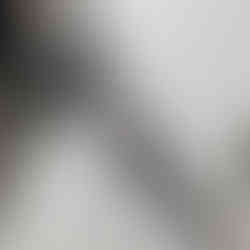

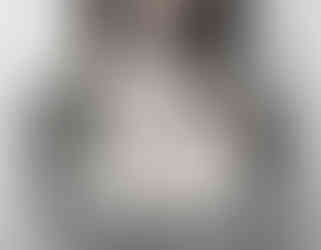





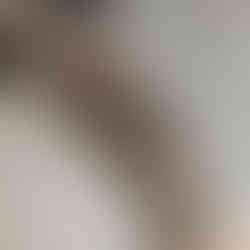


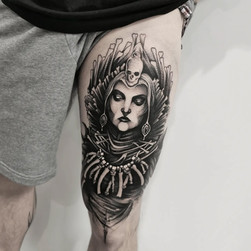

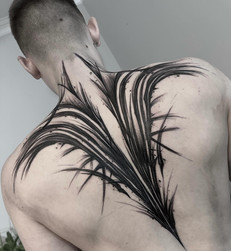



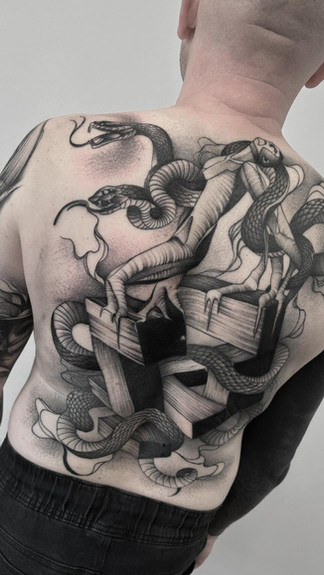
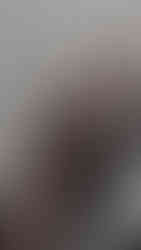




Comentários